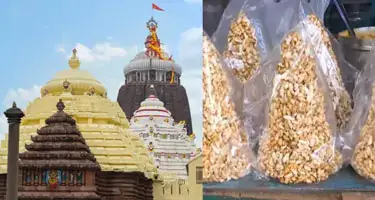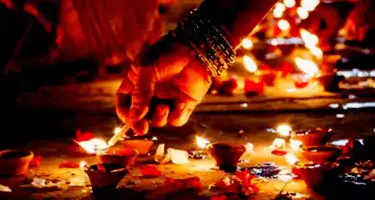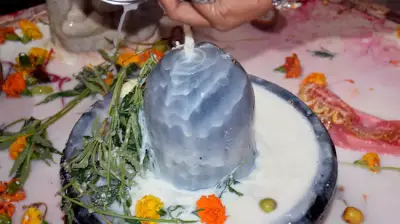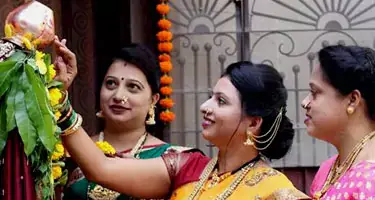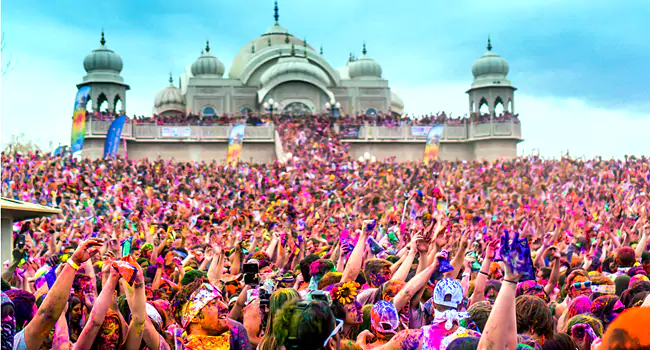
India is a land of vibrant cultures and rich traditions, where festivals significantly bring communities together. Throughout the year, numerous festivals celebrated in India reflect the country's diverse heritage. Each festival carries its unique charm, customs, and significance, making India a fascinating destination for anyone interested in experiencing the essence of its culture. Among the most famous festivals of India is Diwali, the Festival of Lights. Celebrated by millions nationwide, Diwali symbolises the victory of light over darkness and good over evil. Homes are adorned with oil lamps, and fireworks light up the night sky, creating an atmosphere of joy and togetherness.
Another widely celebrated festival is Holi, known as the Festival of Colors. During Holi, people gather to playfully throw coloured powders at each other, sing, dance, and enjoy festive foods. It marks the arrival of spring and is a time for people to forget old grievances and embrace the spirit of unity. Eid, celebrated by the Muslim community, is another important festival in India. It is observed twice a year—Eid al-Fitr and Eid al-Adha. Eid al-Fitr marks the end of Ramadan, the holy month of fasting. At the same time, Eid al-Adha commemorates Ibrahim's (Abraham) willingness to sacrifice his son in obedience to God. On these occasions, people dress in their finest clothes, attend prayers, and share meals with family and friends.
Another significant celebration is Christmas, observed by the Christian community. Although it is a religious holiday, Christmas has become a time of joy for people of all faiths, with beautifully decorated trees, carol singing, and the exchange of gifts. Navratri and Dussehra are also prominent festivals celebrated in India, particularly in the states of Gujarat and West Bengal. Navratri is a nine-night festival dedicated to the worship of the goddess Durga. The festival culminates in Dussehra, which symbolises the triumph of good over evil, commemorating the victory of Lord Rama over the demon king Ravana. In the south of India, Pongal is a harvest festival celebrated in India with great enthusiasm. It is a time to thank the Sun God and the earth for a bountiful harvest, with families preparing special dishes and participating in traditional dances. India’s festivals are more than just cultural events; they are a way of life that showcases the country’s rich history and traditions.
| Sr. No. | List of Festivals in India 2025 with Dates | More Information |
|---|---|---|
| 1 | Basant Panchami | View more |
| 2 | Akshaya Tritiya | View more |
| 3 | Chandra Darshan | View more |
| 4 | Christmas | View more |
| 5 | Dhanu Sankranti | View more |
| 6 | Guru Nanak Jayanti | |
| 7 | Holi | View more |
| 8 | Independence Day | |
| 9 | Janmashtami | |
| 10 | Kartik Purnima Vrat | |
| 11 | Maha Shivaratri | View more |
| 12 | Makar Sankranti | View more |
| 13 | Nag Panchami | |
| 14 | New Year | View more |
| 15 | Parakram Diwas | View more |
| 16 | Raksha Bandhan | |
| 17 | Ram Navami | View more |
| 18 | Republic Day | View more |
| 19 | Ugadi | View more |
| 20 | Vaisakhi | View more |
| 21 | Valentines Day | View more |





